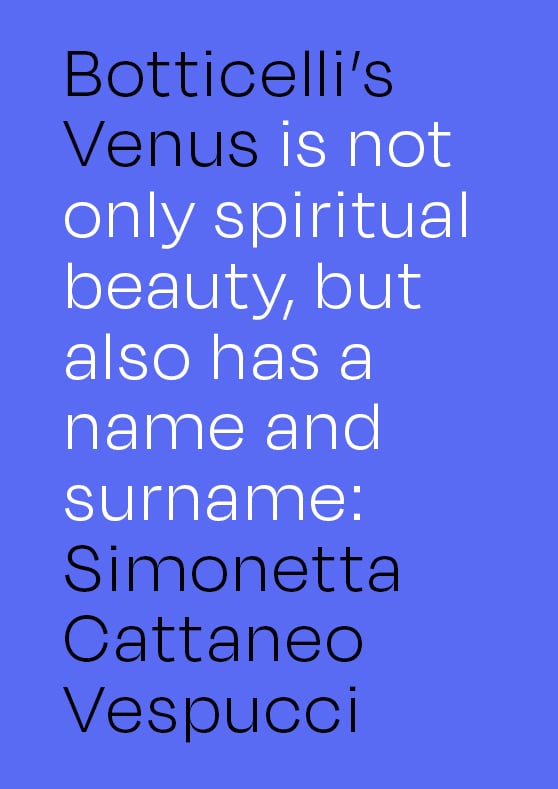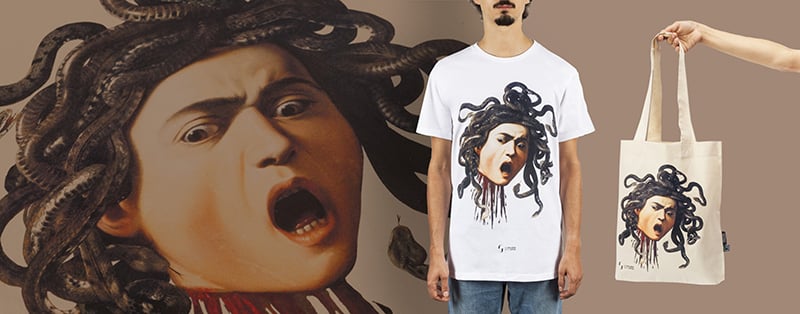Blog
Featured
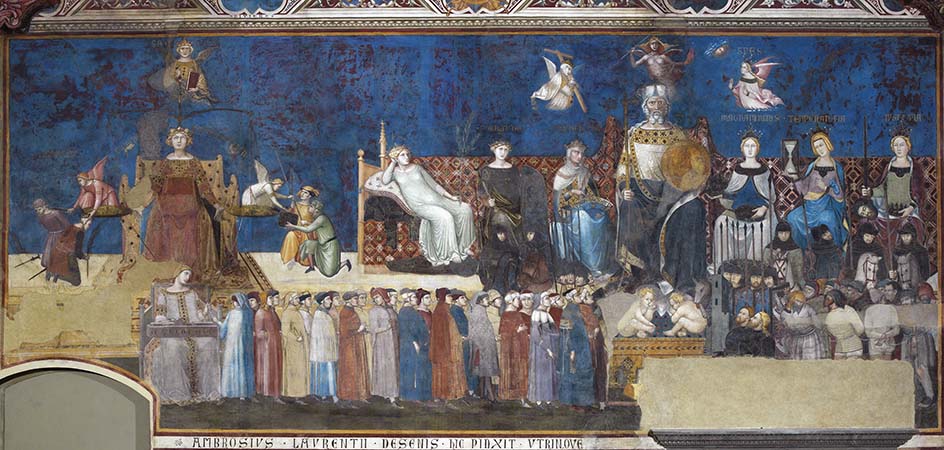
Allegoria del Buon Governo by Ambrogio Lorenzetti: a guide to interpretation
Between 1338 and 1339, the Sienese magistracy of the Nove (citizens chosen to administer the city) commissioned Ambrogio Lorenzetti (1290–1348) to paint the walls of the Sala della Pace in the Palazzo Pubblico, where government meetings were held. The result is a monumental cycle of frescoes, for a long time titled La Pace e la guerra but now known as L’allegoria del buon governo. It depicts the metaphor of just versus unjust government and their respective effects on the city and countryside: a remarkable political painting that has much to say, both symbolically and historically. Let’s take a closer look.
Latest articles
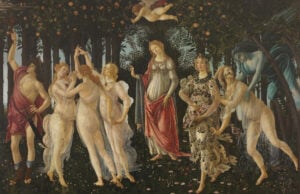
What is BeCulture?
BeCulture is the platform dedicated to culture, created to accompany and facilitate travellers, art enthusiasts and the curious in visiting cities, museums and cultural institutions. Through in-depth information and thematic routes, you can create a customised visit built around your interests. A unique and secure purchase that includes tickets, publishing and official and certified merchandise. AVOID THE
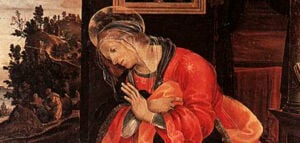
The Annunciation in painting: a journey through the most enchanting depictions from the Middle Ages to the Renaissance
The Annunciation is one of the most recurring themes in Christian art: since the 6th century, painters and sculptors alike have tackled the portrayal of this sacred scene, each in their own distinct way. In this article, we’d like to recall a few examples produced between the Middle Ages and the Renaissance that, thanks to their qualities or the innovations they introduced, stand out from all the others.
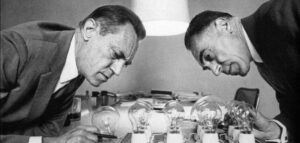
Achille Castiglioni’s life and works: innovation, functionality, and wit
When talking about Italian design, it’s hard not to immediately think of Achille Castiglioni and his brother Pier Giacomo. Both were award-winning architects and designers who, starting in the 1940s, created some of the most original projects on the Italian and international scene, producing objects still found in our homes and in museums around the world. To understand how much we owe to the Castiglioni brothers, and especially to Achille, let’s review his life and works with a focus on his industrial products.
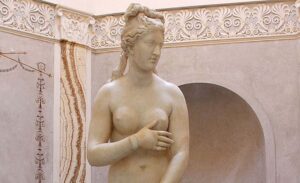
The nude through the centuries: from the Greeks to Tiziano in 5 masterpieces
The human body has always captivated artists, and depictions of nudity can be found as far back as antiquity. Yet their meaning shifts with evolving tastes, sensibilities, and social values. To better understand this progression, we have chosen five artworks where the nude plays a leading role – sometimes even boldly so – revealing the aesthetic and cultural standards of their time.
The Chimera di Arezzo: the Etruscan masterpiece of myth, art, and mystery
It was discovered on November 15, 1553, just outside the gates of Arezzo, during excavations for the construction of new city walls. It was rusted and dirty, its tail in fragments, two legs broken, and both eyes and jaws missing. And yet, there was no doubt: it was an Etruscan sculpture – and a magnificent one.
From the moment it was unearthed, the Chimera of Arezzo has sparked interest, admiration, and even a certain sense of awe. Today, it is kept in the Museo Archeologico Nazionale of Florence, where it continues to astonish and captivate visitors. Let’s find out more about this extraordinary historical artifact.
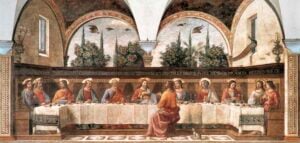
Beato Angelico and beyond: what to see at the Museo di San Marco in Florence
Located in the monumental complex of the Dominican convent, the Museo di San Marco houses the largest collection of works by Beato Angelico, who lived and worked here for many years.
But that’s just one reason to visit.
Inside, you’ll also find masterpieces by Fra Bartolomeo, Paolo Uccello, and Domenico Ghirlandaio, among others. Meanwhile, the building itself – designed by Michelozzo – epitomizes the formal and spatial harmony typical of early Renaissance architecture. A treasure trove awaits. Here’s what to see at the Museo di San Marco in Florence
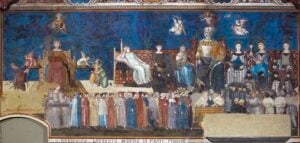
Allegoria del Buon Governo by Ambrogio Lorenzetti: a guide to interpretation
Between 1338 and 1339, the Sienese magistracy of the Nove (citizens chosen to administer the city) commissioned Ambrogio Lorenzetti (1290–1348) to paint the walls of the Sala della Pace in the Palazzo Pubblico, where government meetings were held. The result is a monumental cycle of frescoes, for a long time titled La Pace e la guerra but now known as L’allegoria del buon governo. It depicts the metaphor of just versus unjust government and their respective effects on the city and countryside: a remarkable political painting that has much to say, both symbolically and historically. Let’s take a closer look.

The Annunciation in painting: a journey through the most enchanting depictions from the Middle Ages to the Renaissance
The Annunciation is one of the most recurring themes in Christian art: since the 6th century, painters and sculptors alike have tackled the portrayal of this sacred scene, each in their own distinct way. In this article, we’d like to recall a few examples produced between the Middle Ages and the Renaissance that, thanks to their qualities or the innovations they introduced, stand out from all the others.

Achille Castiglioni’s life and works: innovation, functionality, and wit
When talking about Italian design, it’s hard not to immediately think of Achille Castiglioni and his brother Pier Giacomo. Both were award-winning architects and designers who, starting in the 1940s, created some of the most original projects on the Italian and international scene, producing objects still found in our homes and in museums around the world. To understand how much we owe to the Castiglioni brothers, and especially to Achille, let’s review his life and works with a focus on his industrial products.

The nude through the centuries: from the Greeks to Tiziano in 5 masterpieces
The human body has always captivated artists, and depictions of nudity can be found as far back as antiquity. Yet their meaning shifts with evolving tastes, sensibilities, and social values. To better understand this progression, we have chosen five artworks where the nude plays a leading role – sometimes even boldly so – revealing the aesthetic and cultural standards of their time.
The Chimera di Arezzo: the Etruscan masterpiece of myth, art, and mystery
It was discovered on November 15, 1553, just outside the gates of Arezzo, during excavations for the construction of new city walls. It was rusted and dirty, its tail in fragments, two legs broken, and both eyes and jaws missing. And yet, there was no doubt: it was an Etruscan sculpture – and a magnificent one.
From the moment it was unearthed, the Chimera of Arezzo has sparked interest, admiration, and even a certain sense of awe. Today, it is kept in the Museo Archeologico Nazionale of Florence, where it continues to astonish and captivate visitors. Let’s find out more about this extraordinary historical artifact.

Beato Angelico and beyond: what to see at the Museo di San Marco in Florence
Located in the monumental complex of the Dominican convent, the Museo di San Marco houses the largest collection of works by Beato Angelico, who lived and worked here for many years.
But that’s just one reason to visit.
Inside, you’ll also find masterpieces by Fra Bartolomeo, Paolo Uccello, and Domenico Ghirlandaio, among others. Meanwhile, the building itself – designed by Michelozzo – epitomizes the formal and spatial harmony typical of early Renaissance architecture. A treasure trove awaits. Here’s what to see at the Museo di San Marco in Florence



